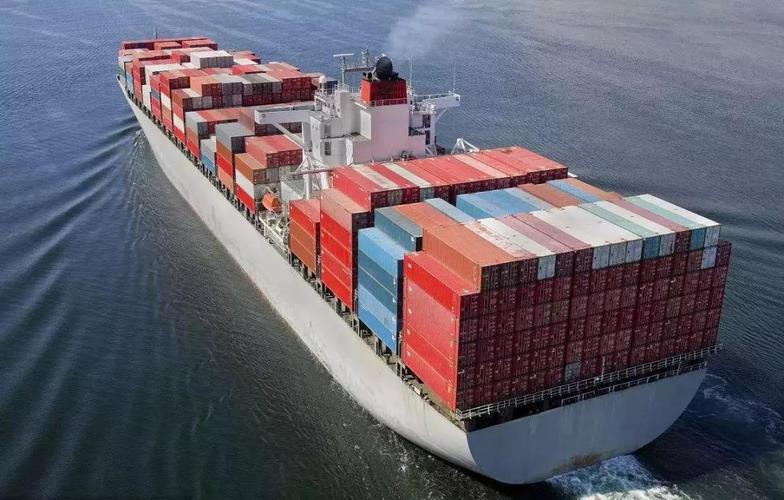Exporting light industrial goods to the Philippines can open up new business opportunities, but it comes with its own set of challenges. Whether you’re a seasoned exporter or just starting out, understanding how to export light industrial goods to Philippines is crucial for a smooth and successful trade process. This guide will walk you through the essential steps and considerations to help you navigate the export process effectively.
1. Research Philippine Market and Regulations
Analyze Market Demand
Before exporting, study the demand for light industrial goods in the Philippines. Look at market trends, consumer preferences, and competition. For example, products like textiles, plastics, and small appliances often have good market potential. Industry reports, trade shows, and online market research tools can provide valuable insights.
Familiarize with Import Regulations
Understand the Philippines’ import regulations for light industrial goods. Check requirements for product standards, labeling, and documentation. Some goods may need specific certifications, such as those related to safety or environmental protection. The Bureau of Customs and relevant government agencies’ websites are reliable sources for this information.
2. Prepare Necessary Documentation
Gather Basic Documents
Collect essential documents like a commercial invoice, packing list, and bill of lading. The commercial invoice should detail the goods, their value, and terms of sale. The packing list specifies the contents and packaging of each shipment, while the bill of lading serves as a receipt and transport contract.
Obtain Special Certifications
If required, get special certifications for your goods. For instance, electrical products may need safety certifications compliant with Philippine standards. Work with testing laboratories and certification bodies well in advance to ensure you have all the necessary approvals before shipping.
3. Select the Right Shipping Method
Evaluate Sea Freight
Sea freight is a common choice for exporting light industrial goods due to its cost – effectiveness, especially for large volumes. Major ports in the Philippines, such as Manila and Cebu, have extensive shipping connections. Consider factors like transit times, container types, and shipping schedules when choosing a sea freight option.
Consider Air Freight
For urgent or high – value shipments, air freight can be a viable option. It offers faster transit times but at a higher cost. Check with airlines about their specific restrictions on goods, weight limits, and shipping procedures.
Explore Door – to – Door Services
Some freight forwarders, similar to experienced ones like China Top Freight, offer door – to – door shipping services. These services handle the entire process from your location to the destination in the Philippines, including customs clearance. They can save you time and effort, especially if you’re new to international shipping.
4. Handle Customs Clearance
Understand Customs Procedures
Learn about the customs clearance process in the Philippines. Know how to classify your light industrial goods correctly using the Harmonized System (HS) codes, as this determines the applicable duties and taxes. Provide accurate and complete information on your customs declarations to avoid delays or penalties.
Work with Customs Brokers
Consider partnering with a customs broker who has knowledge of Philippine customs regulations. They can assist with paperwork, ensure compliance, and help resolve any issues that may arise during the customs clearance process.
5. Manage Logistics and Delivery
Coordinate with Carriers
Maintain good communication with your chosen carriers, whether by sea or air. Keep track of your shipments using tracking numbers provided by the carriers. Be prepared to handle any potential delays or problems that may occur during transit.
Ensure Timely Delivery
Plan your shipping schedule carefully to ensure timely delivery of your light industrial goods. Factor in production times, shipping durations, and any potential customs processing times. Communicate with your customers in the Philippines about the expected delivery dates and keep them updated on the progress of their orders.
In conclusion, successfully learning how to export light industrial goods to Philippines involves thorough market research, proper documentation preparation, choosing the right shipping method, handling customs clearance effectively, and efficient logistics management. By following these steps, you can enhance your chances of a successful export venture and build a strong business relationship in the Philippine market. Utilize China Top Freight to help solve the problems you are facing. Contact us today to embark on your smooth transportation journey!


